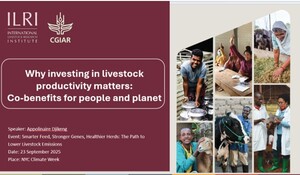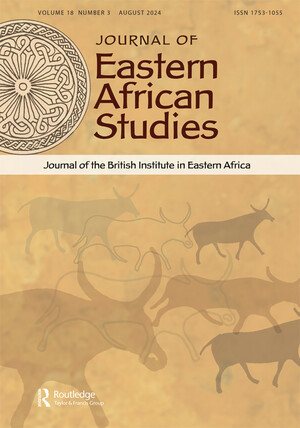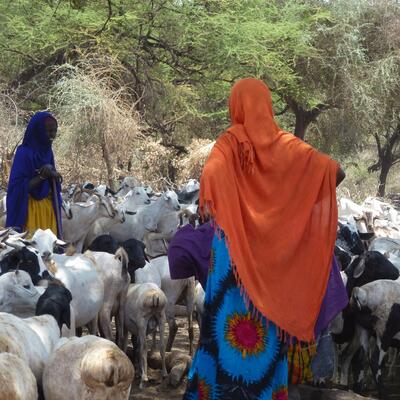
Mapping the issues of Indian donkey and mule population and identify the potential intervention strategies and partners
The overall goal of the project was to map the issues of donkeys and mules and dependent communities in India through various methods including multi-stakeholder meetings and household surveys.
Working equines in developing countries contribute much to the various sustainable development goals through supporting the livelihood of poorest communities. They are highly resilient and capable of covering long distances without feed and water. They are considered source of employment in various sectors including agriculture, construction, tourism and mining sector.
In spite of an important role played by donkeys in the socio-economic fabric of rural and peri-urban areas, not much importance has been accorded to their existence in most parts of the world. Their inclusion in agricultural or livestock health and nutrition policy, education and research sectors is almost negligible.
Donkeys and mules are underacknowledged and neglected in the policies and development programs in India due to lack of information and data to support their contribution.
In early 2020, International Livestock Research Institute implemented a short project for the scoping study for nine months.
Objectives
- To identify the donkey and mule population, trend and their usage pattern in rural, urban and industrial development context in different regions of India.
- To identify the donkey and mule owning communities in different regions of the country and evaluate the human development indicators associated with these communities.
- To identify the key challenges and opportunities that impact the welfare of humans and equines (one health approach) in the areas of high donkey and mule populations.
- To identify and map different stakeholders across the geographical regions with high donkey and mule population.
To assess how these projects or interventions can directly or indirectly impact the welfare of human and equine population.
Methods
Expected outcomes
|




















